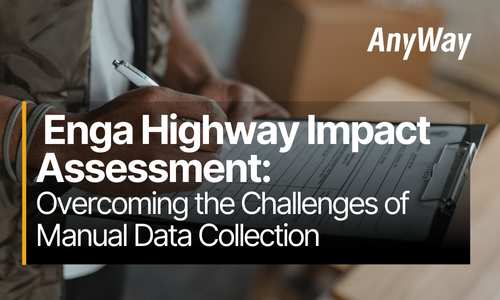


Figure 1: Meeting with the survey data collection team in Wabag, with productive discussions in preparation for the field data collection.
Figure 2: Group photo with Pawssa High School students During interviews and data collection in Enga Province.
Figure 3: Group photo with bus drivers and support crew during interviews and data collection in Mount Hagen, Western Highlands Province.

The Enga Highway Impact Assessment project is a collaborative initiative between AnyWay Solutions and Rural Senses, designed at evaluating the environmental, social, and economic impact of transportation infrastructure along Papua New Guinea’s Enga Highway corridor. By integrating community-centered impact evaluation with AI-enhanced analysis, the project assesses real-world outcomes aligned with the UN Sustainable Development Goals.
Learn more here: https://anywaysolutions.com/rural-senses-impact-assessment-building-a-theory-of-change/
Understanding Impact Beyond the Numbers
Investments in infrastructure now can help regions to capitalize and prepare for population growth. Instead of rebuilding roads using difficult-to-procure, expensive materials, rehabilitation is often a good solution to improve road networks with less time and capital investments. Rehabilitation of highly distressed roads using recycling and stabilization can be an effective long-term strategy for pavement performance to withstand rigorous climate impacts. Lifecycle costs are minimized using this method as it is less costly to pay for the maintenance and upkeep of rehabilitated roads.
While Earth Observation (EO) and satellite analytics provide valuable quantitative data, they cannot fully capture the lived experiences of communities. To understand changes in livelihoods, access to services, and public perception, we rely on in-depth, qualitative, on-the-ground data collection.
In our latest phase, we engaged with communities along the Enga Highway, interviewing farmers, transport operators, students, and local organizations. Each survey question is tied to specific indicators that allow us to track and measure real-world change.
As we continue collecting data, our understanding of the highway’s impact becomes clearer and more evidence-based, transitioning from initial insights to verified results.
Key Challenges and How We Overcame Them
Conducting large-scale qualitative research in remote areas brings unique logistical and operational hurdles. Here’s how we addressed them:
1. Translation of Interviews
Out of the 3,888 scheduled interviews, 790 require transcription and translation from Tok Pisin to English. While an internal team member leads this task, we’ve also engaged local translation experts to ensure cultural and linguistic nuances are preserved—crucial for accurate analysis and integration with EO data.
2. Limited Access to Government Records
Key official records such as traffic counts, maintenance logs, and economic data were often unavailable due to weak documentation systems and staff unavailability. To bridge this gap, we triangulated insights from community interviews and local leaders, helping us validate trends and timelines in the absence of formal data.
3. Staffing and Connectivity Issues in Wabag
Poor network connectivity and reliance on part-time field assistants in Wabag disrupted coordination and slowed progress. In response, we embedded a full-time AnyWay Solutions team member on-site to improve supervision, communication, and data quality. During this process, we experienced many on-the-ground challenges of largescale qualitative data gathering in a remote setting and have adapted to strengthen rigor and reliability.
Strengthening Credibility Through Human-Centered Data
With the continued support of Rural Senses, we’re addressing linguistic, institutional, and logistical barriers to ensure a high-quality, community-informed impact assessment. This work is about listening to local voices and making them a core part of the evaluation. By integrating first-hand narratives with satellite imagery and structured indicators, we’re building a multidimensional understanding of how infrastructure affects people’s lives. Our shared goal remains: Human-Centered AI—using technology to amplify, not replace, the voices of communities.